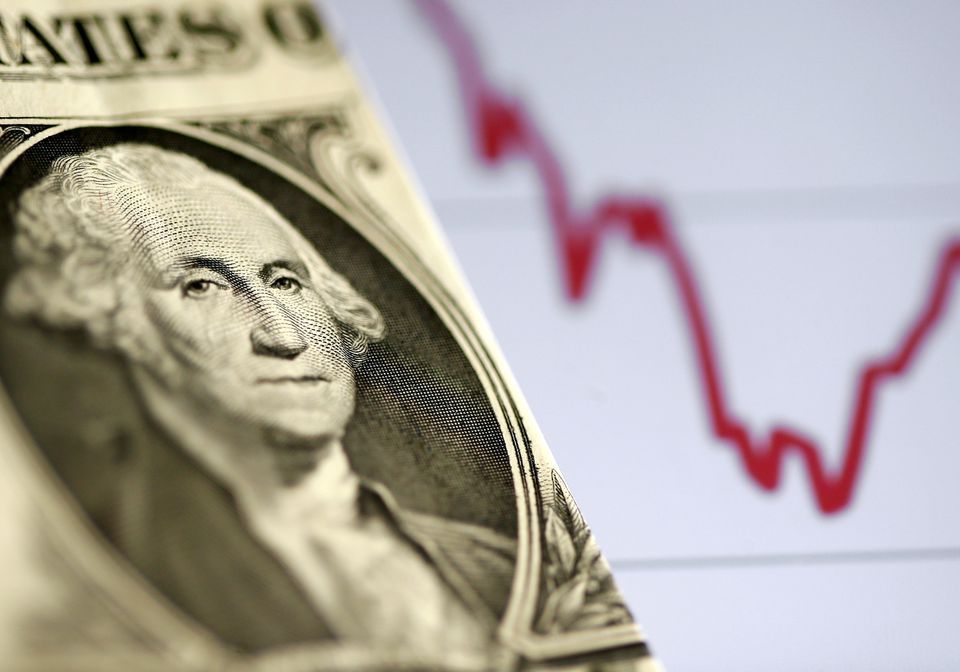New York: A rally in the U.S. dollar has investors looking at a broad range of factors — from global COVID-19 infections to yield gaps – to determine whether the greenback will continue appreciating.
The dollar is up 4% from its lows of 2021 and is among the world’s best-performing currencies this year, boosted by last month’s hawkish shift from the Federal Reserve, burgeoning inflation and safe-haven demand driven by COVID-19 worries, Reuters reports.
Because of the dollar’s central role in the global financial system, its moves ripple out towards a broad range of asset classes and are closely watched by investors.
For the United States, a period of sustained dollar strength would be a double-edged sword, helping tamp down inflation by increasing the currency’s buying power while denting the balance sheets of exporters by making their products less competitive abroad.
On the other hand, dollar strength would continue pushing down currencies such as the euro and British pound, potentially giving a boost to the recoveries in those countries.
Here are several things investors are watching to determine the dollar’s trajectory.
THE DELTA VARIANT
Some investors believe the dollar – a popular safe haven during uncertain times – will rise if the Delta variant of COVID-19 spreads and risk aversion grows in markets.
“We’re seeing a lot of risk factors and uncertainty across assets, said Simon Harvey, senior FX market analyst at Monex Europe. “Investors are looking at all these and saying that they’re going to find refuge in the dollar.”
GLOBAL GROWTH
While some investors are concerned the U.S. rebound is slowing, it still outpaces the bounce seen in Europe and other regions.
“There is a case still for the dollar to strengthen as we do see more divergence,” he said.
YIELD GAP
Though Treasury yields have recently slid, the gap between real yields on U.S. government debt and some foreign bonds has widened, raising the allure of dollar-denominated assets. Real yields represent the cost of borrowing after stripping out inflation effects.
POSITIONING SQUEEZE
Speculators’ net short positions on the U.S. dollar fell to their lowest level since March 2020 last week, according to calculations by Reuters and U.S. Commodity Futures Trading Commission data released on July 16.
“The most crowded trade in the world through the first quarter was the short dollar. We had, unquestionably, a squeeze on the way back,” said Karl Schamotta, chief market strategist at Cambridge Global Payments in Toronto.
GOLDEN CROSS
The Dollar Index’s (.DXY) 50-day moving average is close to crossing above its 200-day moving average and forming a chart pattern known as a “Golden Cross” that is seen as a bullish signal by those who follow technical analysis.
A Golden Cross “could herald another leg higher for the greenback,” said Joe Manimbo, senior market analyst at Western Union Business Solutions.
Our Standards: The Thomson Reuters Trust Principles.


